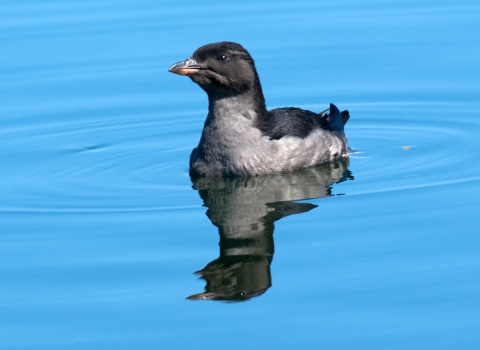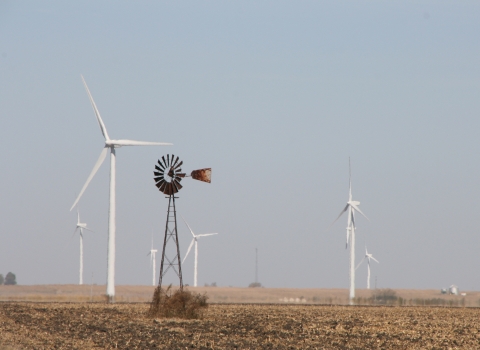Migratory birds throughout the Western Hemisphere will benefit from $3.8 million in grants for 27 collaborative conservation projects across the Americas, the U.S. Fish and Wildlife Service announced today.
The Neotropical Migratory Bird Conservation Act grants will leverage the Service’s investment with $14.6 million in additional private funds—a nearly 4-to-1 match. The projects will conserve migratory bird habitat across the Americas, stimulate critical research into declining bird populations, and strengthen international relations, raising awareness of the importance of bird conservation.
“Migratory birds connect people from many countries to the natural world, and to each other,” said Service Director Dan Ashe. “These projects continue a long history of collaboration and tie conservation actions together across the diverse habitats where these birds breed, migrate and live.”
There are 386 species of neotropical migratory birds that migrate to and from the United States each year, including songbirds and shorebirds. These birds provide critical ecological functions: keeping insect and rodent populations in balance, pollinating and dispersing seeds of plants that form habitat for other wildlife, and providing early warnings of environmental contamination. Birds are enjoyed by tens of millions of Americans, and birdwatching helps to support the national economy to the tune of billions of dollars. Yet populations of many of these birds are in decline, and several species currently are considered in need of special conservation attention as a result of habitat loss, pollution, human disturbance or climate change climate change
Climate change includes both global warming driven by human-induced emissions of greenhouse gases and the resulting large-scale shifts in weather patterns. Though there have been previous periods of climatic change, since the mid-20th century humans have had an unprecedented impact on Earth's climate system and caused change on a global scale.
Learn more about climate change .
The Neotropical Migratory Bird Conservation Act of 2000 established the matching grants program to fund projects that conserve neotropical migratory birds in the United States, Canada, Latin America and the Caribbean. It is the only source of federal funds solely dedicated to this mission. Funds may be used to protect, research, monitor and manage bird populations and habitat, as well as to conduct law enforcement and community outreach and education.
This year’s grants will benefit hundreds of species in more than two dozen countries, conserving neotropical migratory birds from breeding sites in Canada and the United States to wintering sites in Mexico, Central America and South America, and the Caribbean. Project highlights include:
- Saving Valles Centrales: Securing Grasslands Connectivity: Grasslands provide important habitat for several species of neotropical migratory birds, such as Baird’s sparrow, lark bunting and Sprague’s pipit. In the Valles Centrales area of Mexico, grasslands are being converted to croplands at a high rate. This project will prevent further grassland loss by creating three private reserves of nearly 30,000 acres dedicated to sustainable cattle ranching.
- Creation of the Community Reserve of Chinatu, Chihuahua: Several neotropical migratory bird species in the Sierra Madre Occidental region of Mexico are declining due to poor forest management. This project will protect more than 100 species of birds, including the rufous hummingbird and Bell’s vireo, by creating a community-managed forest reserve, reforesting degraded areas, and conducting community outreach on sustainable forestry practices.
- Two projects will develop hemisphere-wide comprehensive management plans for shorebirds in the Atlantic and Pacific flyways. These projects will unite smaller plans in more than 20 countries and increase international cooperation and best practices. These initiatives will protect many species of migratory birds, including marbled godwits, snowy plovers and red knots, throughout their migration routes.
For more information on funded projects for 2015 and previous years, visit https://www.fws.gov/library/collections/neotropical-migratory-bird-conservation-act-documents



